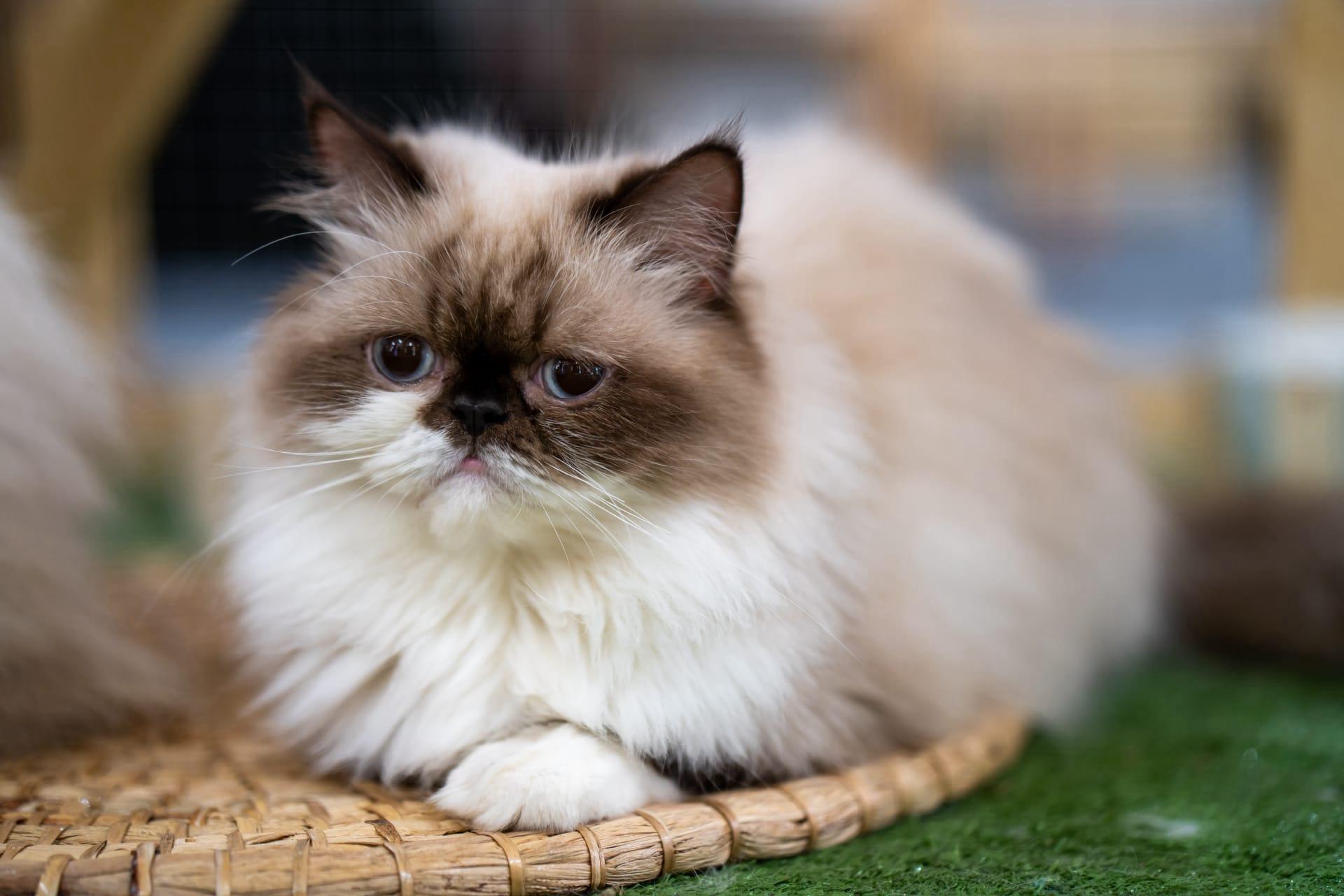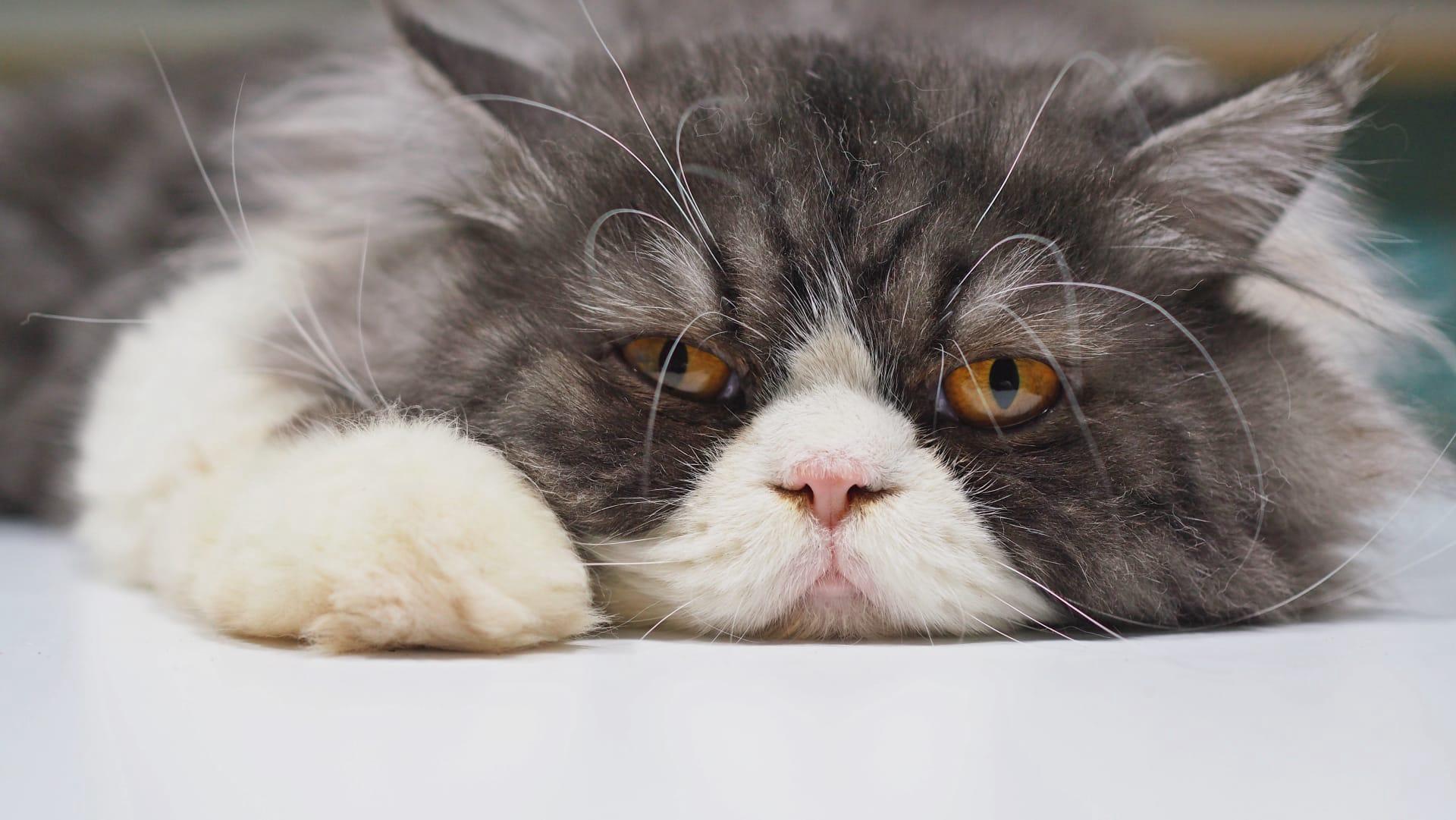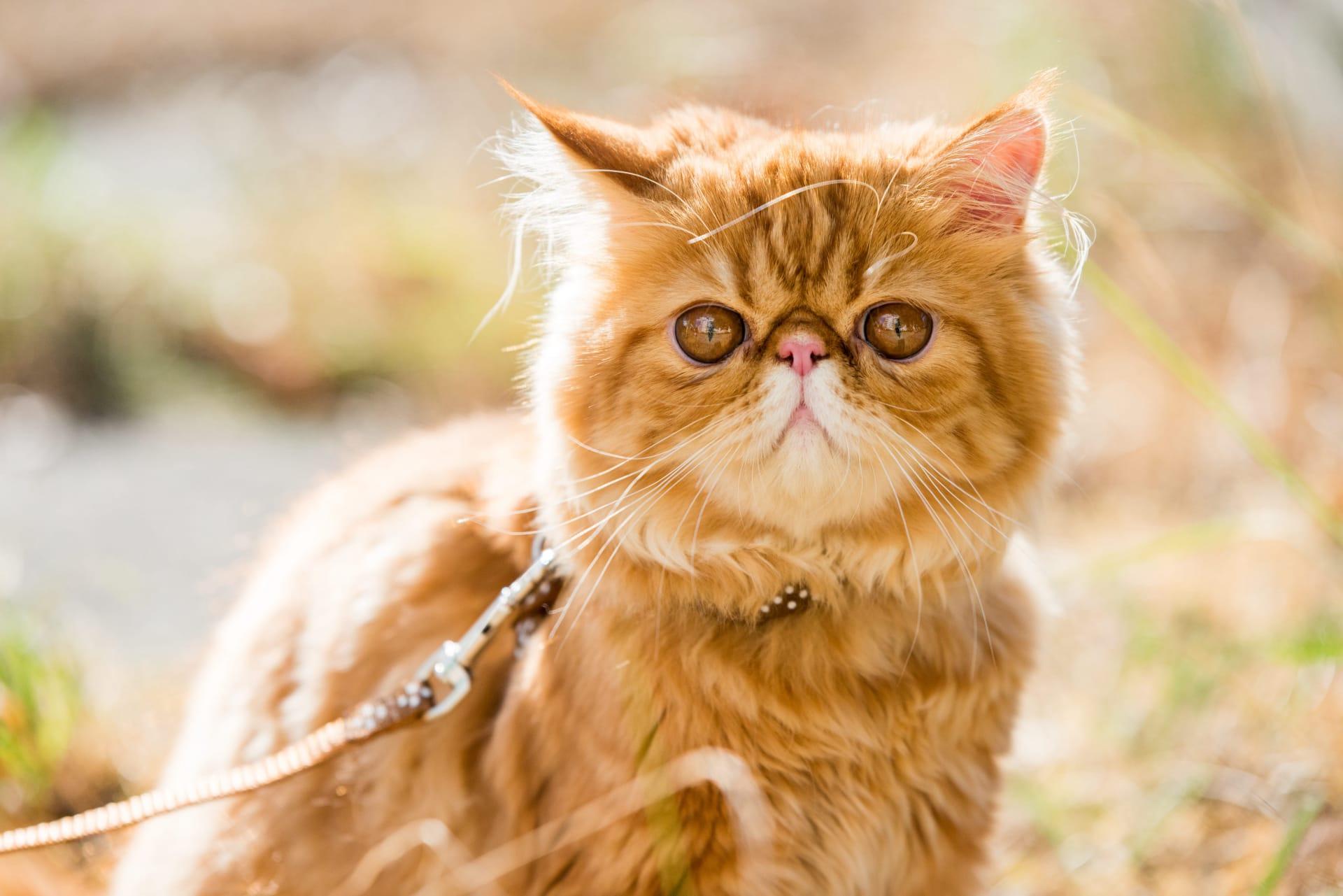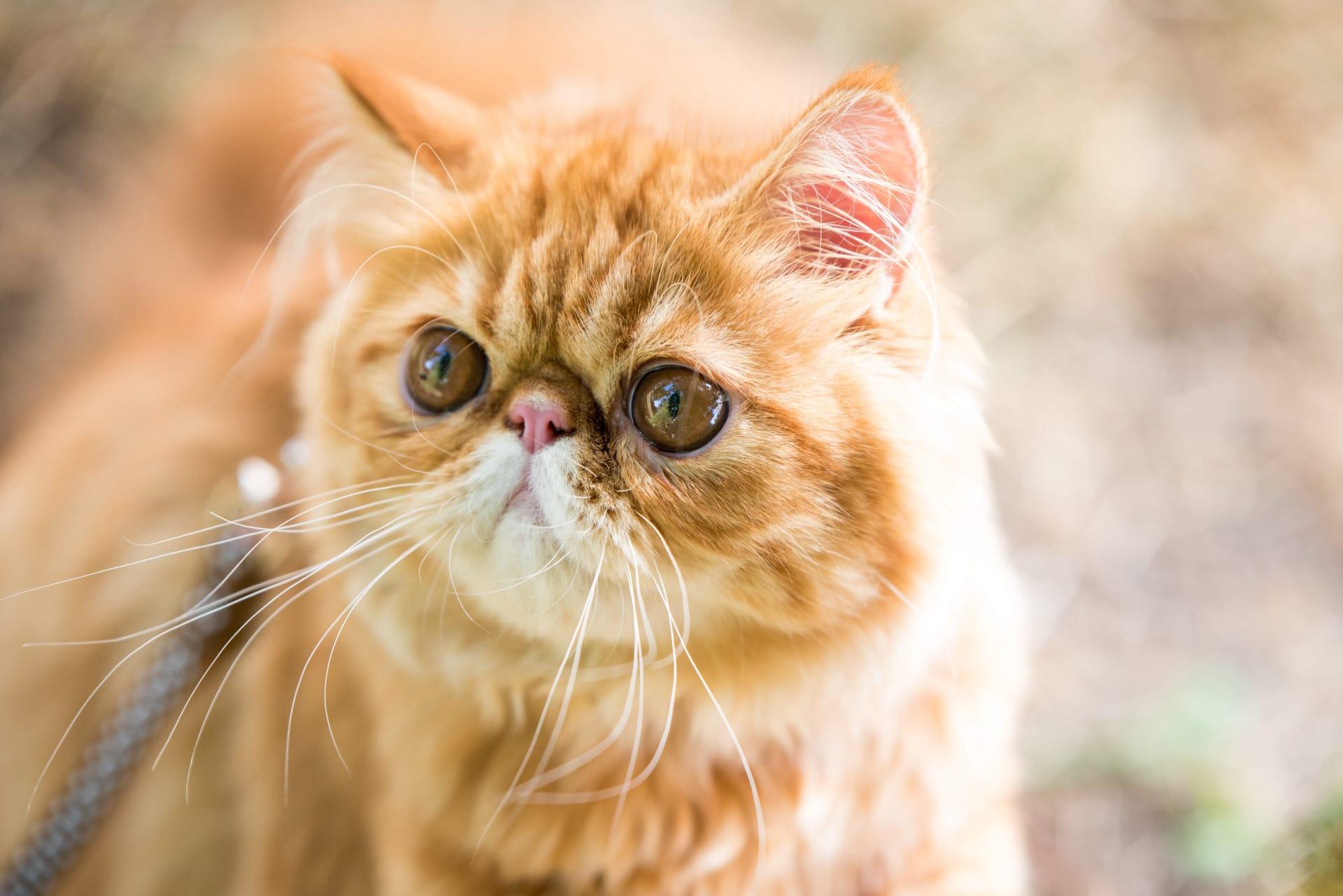1
Persian cats are known for their long, luxurious coats, which can grow up to 8 inches (20 cm) in length. This distinctive feature requires regular grooming to prevent matting and maintain their elegant appearance. The grooming process not only involves brushing but also might include bathing, which can be quite an endeavor given the volume and length of their fur.
Another remarkable fact about Persian cats is their wide variety of colors and patterns. They can be found in more than 80 color variations including solids, shadeds, smokes, tabbies, and parti-colors. This diversity in appearance is a result of selective breeding and genetic diversity within the breed. The Cat Fanciers' Association (CFA) recognizes these variations, making the Persian cat one of the breeds with the most registered color varieties.

2
The Persian cat's facial structure is another point of fascination. They are characterized by their brachycephalic head, meaning they have a wide, flat face and a short muzzle. This feature, while contributing to their distinctive and beloved appearance, also requires owners to pay special attention to their respiratory and dental health, as the structure can lead to certain health issues.
Persians are also known for their calm and placid temperament, often described as "furniture with fur" due to their tendency to lounge gracefully around the home. This laid-back nature makes them excellent companions, especially in quieter, more relaxed environments. They tend to form strong bonds with their owners and can be quite affectionate, preferring a serene atmosphere where they can receive lots of love and attention.

3
Interestingly, Persian cats have a long history that dates back to the 1600s. They were first brought to Europe from Persia (modern-day Iran) by Italian and Spanish traders. These exotic beauties quickly became favored by nobility and royalty, including Queen Victoria of England, which significantly boosted their popularity and status as a luxury pet.
Their lifespan, which averages between 12 to 17 years, can be extended with proper care, including a well-balanced diet, regular veterinary check-ups, and, of course, daily grooming. This longevity is notable for purebred cats, with some Persians living into their early 20s, showcasing the breed's resilience and the impact of dedicated care on their overall health and wellbeing.

4
Despite their luxurious coat and regal appearance, Persian cats are prone to certain genetic health issues, such as polycystic kidney disease (PKD) and hypertrophic cardiomyopathy (HCM). Responsible breeding practices, including genetic testing, have become crucial in reducing the prevalence of these conditions. Awareness and early diagnosis through regular vet visits can manage these health concerns, ensuring a better quality of life for these felines.
The Persian cat's eyes are another distinctive feature, often bright copper or deep blue, adding to their overall allure. However, their beautiful eyes require special attention due to their brachycephalic facial structure, which can lead to tear staining and other eye conditions. Regular cleaning with a soft, damp cloth can help prevent irritation and infection, keeping their stunning gaze clear and healthy.

5
Persian cats have a moderate to low activity level, making them well-suited to indoor living. They enjoy playing with toys and engaging in gentle play but are not as high-energy as other breeds. This trait, combined with their affectionate nature, makes them ideal pets for those living in apartments or smaller living spaces.
Persian cats communicate with their owners through soft voices. They are not as vocal as some other breeds, such as Siamese cats, but they will make their needs known in a quiet, unobtrusive way. Their gentle meowing and purring are just another aspect of their overall serene and dignified persona, endearing them further to their human companions.